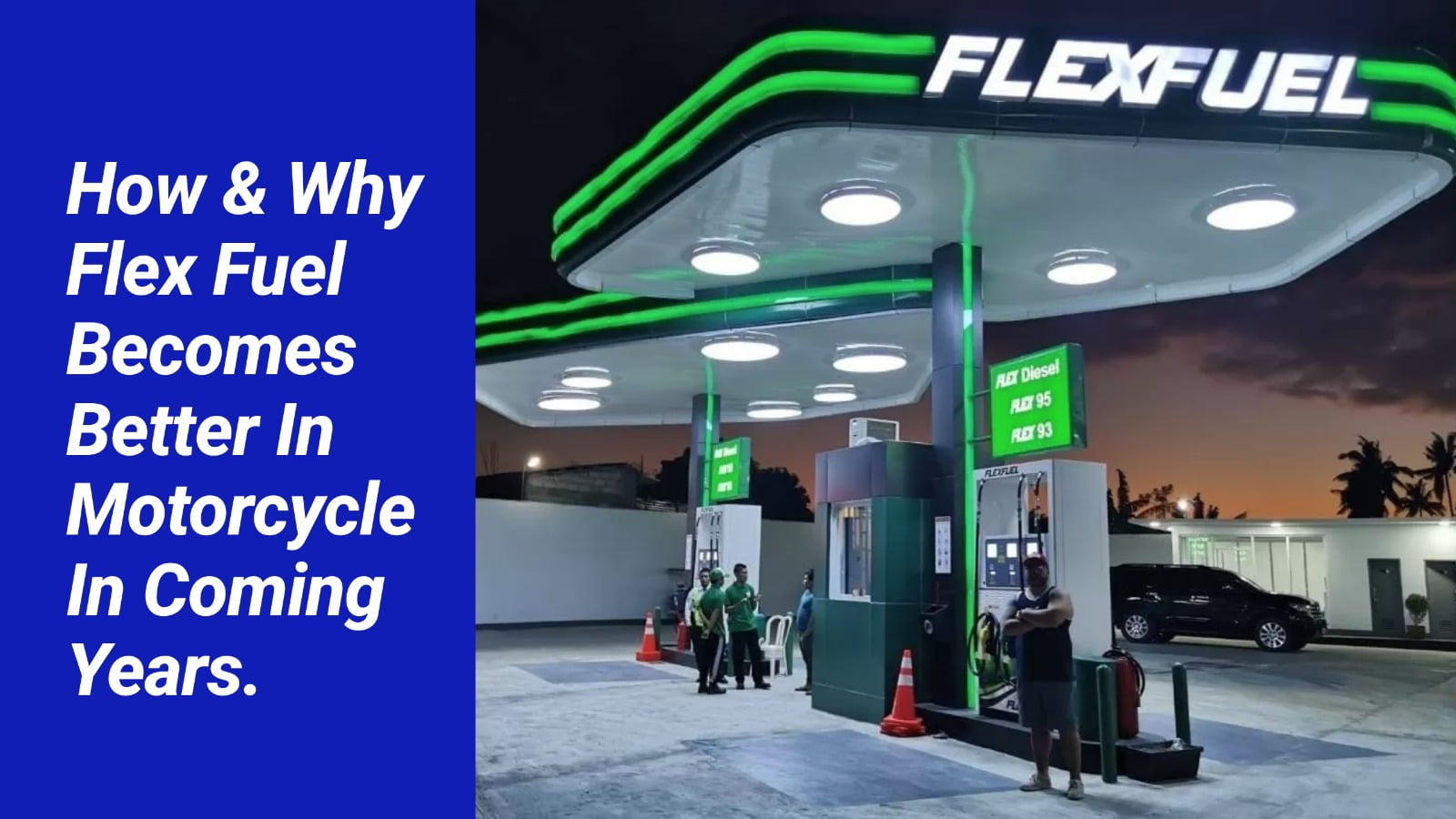Before EVs become widely used, flex fuel technology appears to be ready for the taking. It’s obvious that the car sector must go green in order to prevent negative effects on the environment. The smouldering cogs of capitalism are set up in a way that makes it difficult to achieve change. Hence, in our quest for a greener environment, flex fuel technology has evolved into a kind of middle ground. Having said that, there are macroeconomic advantages to using this technology.
- Minimal R&D cost: The majority of contemporary internal combustion engines are already flex fuel capable. The only engineering work required would be to utilise a different quality of materials for portions that are sensitive to corrosion, while the rest of the components may be left alone, as ethanol has a corrosive effect on components like rubber and gaskets. As a result, the cost of R&D would only be a small portion of what electrification, which is an entirely new endeavour, will cost.
- Reduces the industry’s petrol consumption: According to the roadmap for ethanol blending in India, published by Niti Ayog and the Ministry of Petroleum and Natural Gas, the country imported 185 megatonnes (or 185 million tonnes) of petroleum in 2020–21 for a total cost of USD 55 billion (roughly Rs 4.48 lakh crore at the current exchange rate). According to the analysis, transportation accounted for the majority of petroleum usage. As a result, properly adopting a 20% blend of ethanol to gasoline can save the nation USD 4 billion annually, or almost Rs 32,000 crore in today’s currency. In an era when we’re dealing with a pandemic and the economic effects of political instability on a global scale, this also helps the nation be less reliant on foreign sources for fuel.
- In line with the Government’s Flex Fuel initiative: According to the government’s E20 roadmap, “E20 will be phased out starting in April 2023 and will be available by April 2025;” Also, it is scheduled to start rolling out E20 material-compliant engines and E10 engine-tuned automobiles in April 2023. Also, according to the roadmap study, “these vehicles can withstand 10% to 20% of gasoline blended with ethanol and also provide excellent performance with E10 fuel. These cars will only run on E20 and offer exceptional performance. Manufacturers must start the gradual roll-out of products with flex fuel engines as soon as possible in order to meet these goals. With the Apache RTR 200 Fi E100, a fast motorcycle that can run entirely on ethanol, TVS was the first Indian two-wheeler manufacturer to join the flex fuel bandwagon.
- Emission reduction: The lower emissions produced by ethanol or flex fuel vehicles would be another significant benefit. E10 fuel offers 20% fewer carbon monoxide and hydrocarbon emissions as compared to gasoline, according to the Automotive Research Association of India’s (ARAI) 2016 research on material compatibility and emission performance measurement with ethanol-blended gasoline (E20). On the other hand, using E20 fuels can reduce carbon monoxide emissions by as much as 50% while only reducing hydrocarbon emissions by 20%. In conclusion, flex fuels do burn cleaner, at least in terms of controlled emissions.
- Gives a boost to local farmers: Ethanol can be produced from plant-based sources because it is an organic compound. By fermenting sugarcane juice and molasses, sugarcane producers may create ethanol. Although sugarcane is a commodity that requires a lot of water to grow, ethanol may also be made from less water-intensive grain-based alternatives like leftover rice and maize. Giving farmers the right incentives should also secure additional income.
Nevertheless, flex fuel appears to be profitable with the appropriate kind of push and can significantly reduce the environmental effect of fossil-fuel-powered vehicles.



